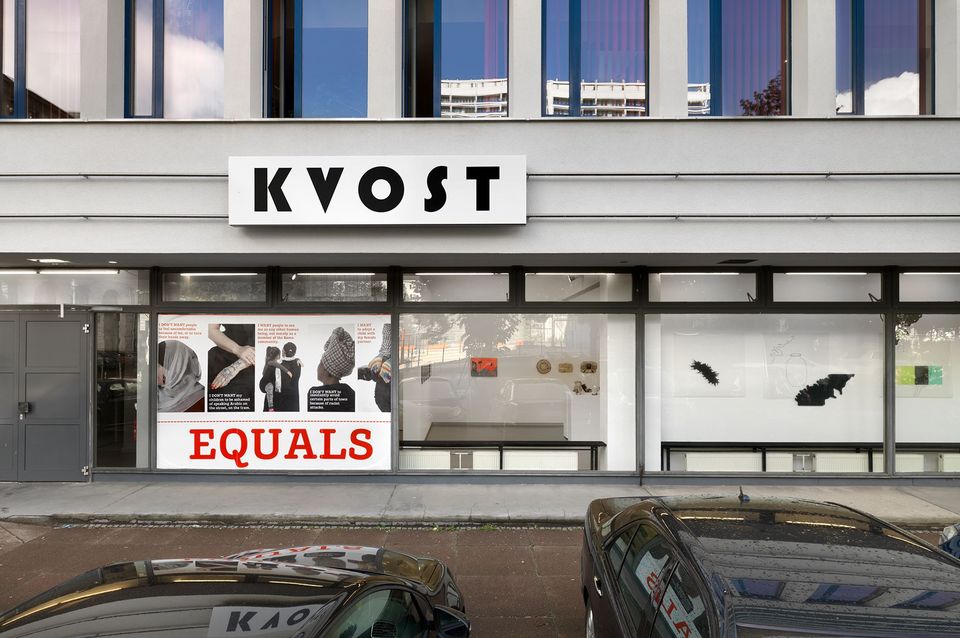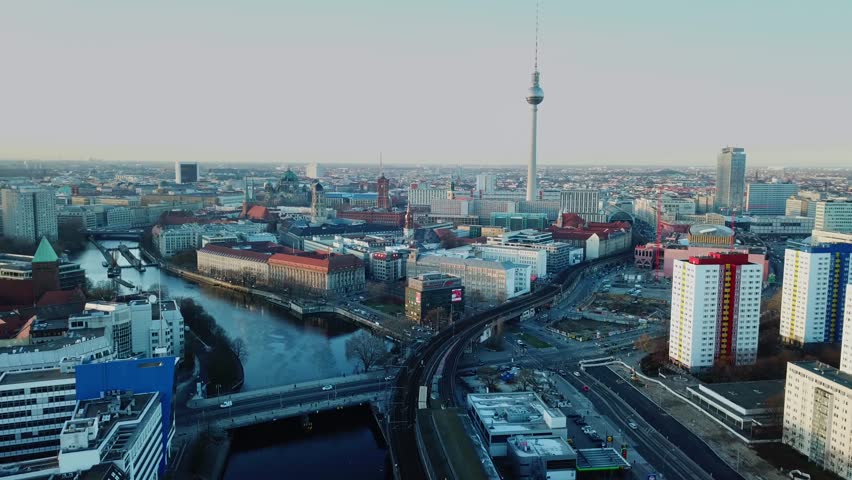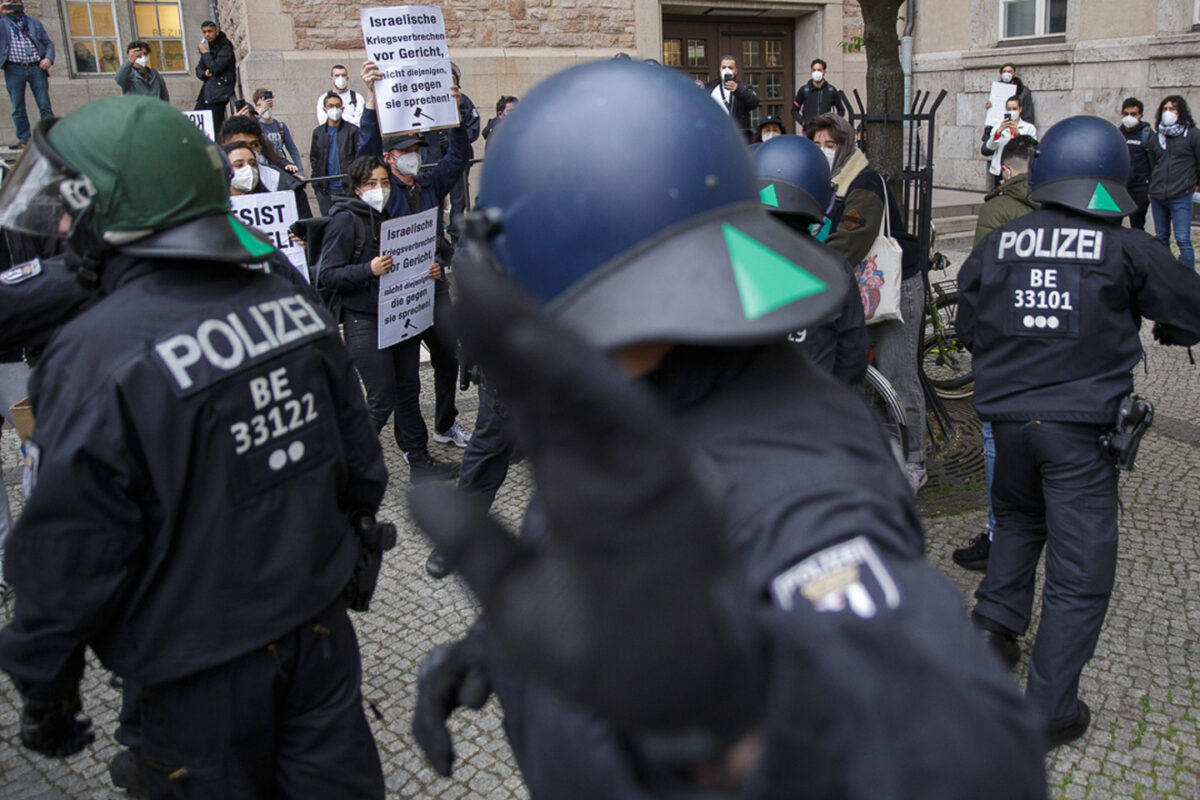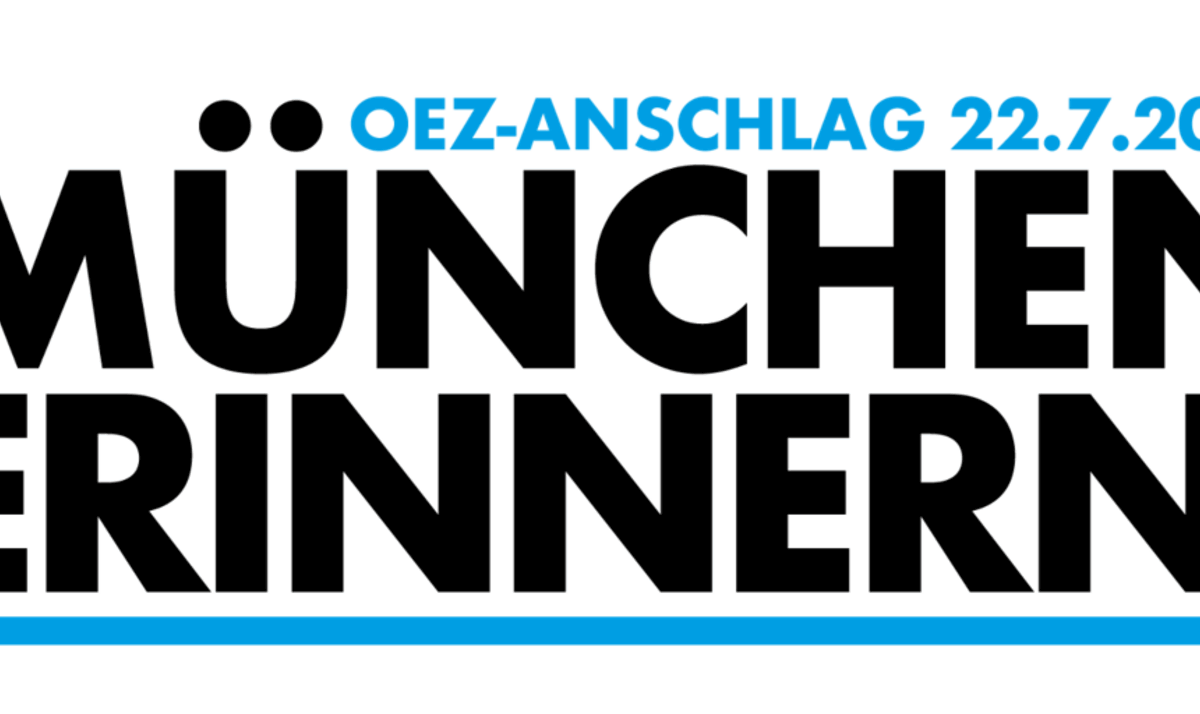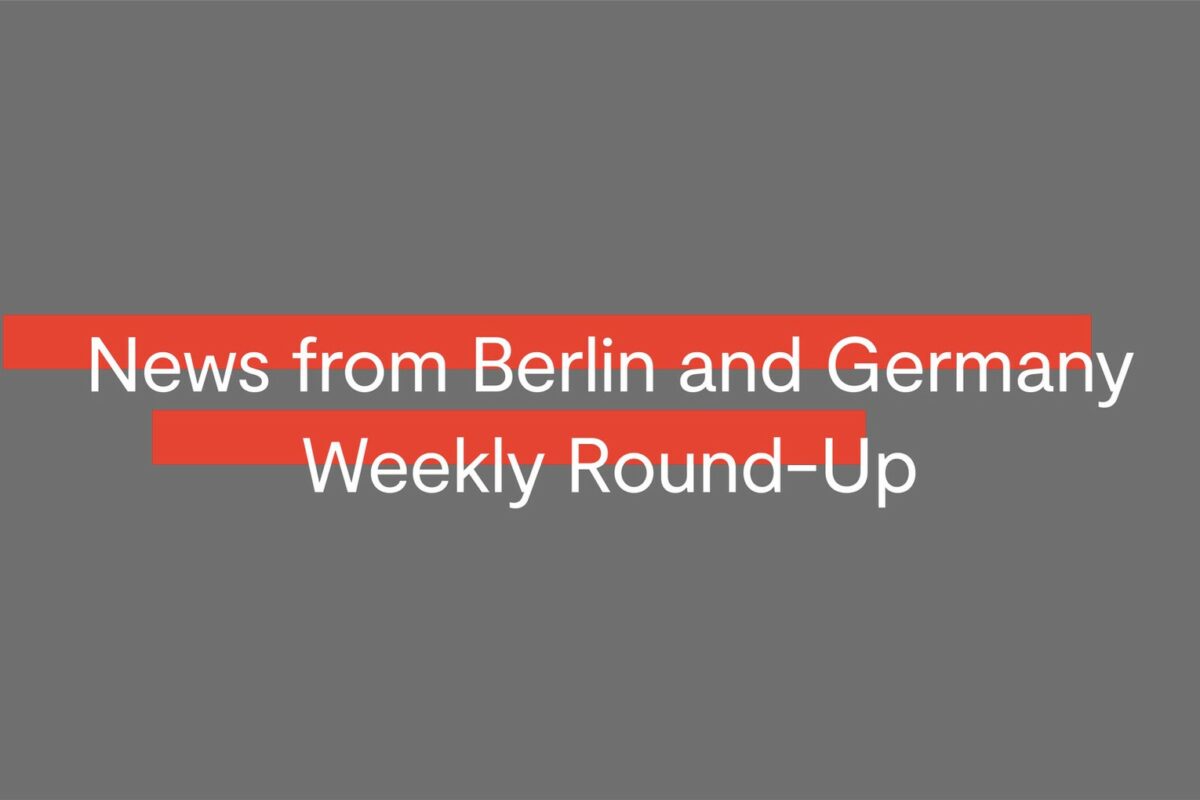Kunstverein Ost – KVOST for short – was established in 2018 and is dedicated to promoting artists who come from Eastern Europe or whose life and work are shaped by the former Eastern bloc.
The building that houses the Kunstverein reflects this; situated in Berlin’s Mitte district, it was part of the major urban development project of Leipziger Straße, once designed as a socialist utopia.
Located at the geographical centre of Berlin, just next to the former wall, this is a place where history and the present day, East and West, meet face to face.
Offering stipends and a residency programme, KVOST invites selected artists to explore the multifaceted nature of a place and its surroundings or delve into other aspects of the east, presenting the resulting works in solo exhibitions.
Group exhibitions, cultural tours and discussions offer further opportunities for exchange on the aesthetic, political and personal narratives that define Eastern Europe beyond the usual clichés and prejudices. Especially with nationalism on the rise in many European states, the Kunstverein sees cultural exchange as a way to build bridges.
KVOST thus fills a gap in Berlin’s cultural landscape, presenting the East not within the confines of a museum, but as a relevant reflection of contemporary artistic production.
From 9th February until 16th March, KVOST is organising an exhibition Dialog between Generations. Belarusian Female Artists. Vasilisa Palianina, Kate Smuraga, Tatsiana Tkachova, Oksana Veniaminova along with a curated selection from the VEHA archive of Belarusian amateur photography – founded by Lesia Pcholka.
What causes us to think of one culture as familiar and another as exotic? Be passionate about one and put another one in a box? Looking and knowing beyond the stereotypical image of Belarus, or what mass media are presenting merely as yet another failing state on the map, or Europe’s last dictatorship, feels even more pressing now that we know what the actual situation in Belarus is: mass protests and political prisoners in the hundreds, silencing of the media, beatings, kidnappings and torture of civilians.
And while all this is happening, we again seek solace in art. It is this new generation of Belarusian artists who have gained the power to encapsulate and translate the ambivalence of historical silence into tangible works of art. For many of them, reflecting upon the past often means reimagining and rebuilding the broken dialogue with their own history. It is remembrance work out of an utmost necessity. And it seems that recuperating and examining the missing parts of collective memory oftentimes exposes the deliberate censorship of the present. Indeed, it is in the uncertainties of interpretation and the disjuncture between past and future that hope for transformation exists.
Additionally, the processing of history through the Belarusian artist’s subjective standpoint proves invaluable. Because currently in Belarus the personal is political to a much higher degree than elsewhere in Europe. Historical traumas, past and present ongoing political conflict and subsequent journeys of displacement are if not directly depicted, then continuously reflected upon. Intimate connections between private and political become starting points for dealing with memory.
KVOST and EEP, two Berlin-based organizations fostering the arts in the Eastern European context, present this exhibition which houses curators Maya Hristova and Jewgeni Roppel’s research into Belarusian visual codes of remembering and structuring knowledge. Unfolding in the form of generational dialogues through the photographic medium, the presented research will hopefully result in a deeper understanding of the multidimensionality of the contemporary Belarusian photographic context through the vision of some of its main actors. And female artists who in their work manage to transcend their personal experience of living through a decisive moment of their country’s history.
